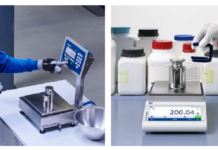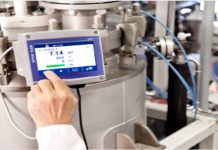India is leveraging its substantial coal reserves, estimated at 378 billion tons, with a significant portion being classified as proven. Currently, around 80% of this coal is utilized in thermal power plants. As the country transitions towards cleaner energy and renewable sources, the ministry of coal is leading efforts for sustainable coal use through various innovative initiatives.
Launched in 2020, the coal gasification mission aims to gasify 100 million tons of coal by 2030, enhancing the utility and value of this vital resource. The initiative aligns with the vision of achieving energy independence by 2027.
Coal gasification, a thermo-chemical process, converts coal into synthesis gas (syngas), primarily composed of carbon monoxide and hydrogen. The process aims to reduce India’s dependency on imports of oil, methanol, and ammonia, which make up a significant portion of the country’s needs. By diversifying coal usage, gasification helps replace imports and supports cleaner utilization of domestic coal reserves.
In January, the cabinet committee on economic affairs approved a scheme for equity investments by Coal India Limited (CIL) to establish joint ventures with BHEL and GAIL. The initiative is expected to demonstrate the financial and technical feasibility of gasification projects, stimulate downstream markets, and create new economic value chains.
As reported by devdiscourse.com, to support coal gasification, the ministry offers a fifty percent rebate on revenue share in commercial auction policies for gasification coal, establishes a new sub-sector for syngas production, and provides long-term coal allotments to gasification plants.
































